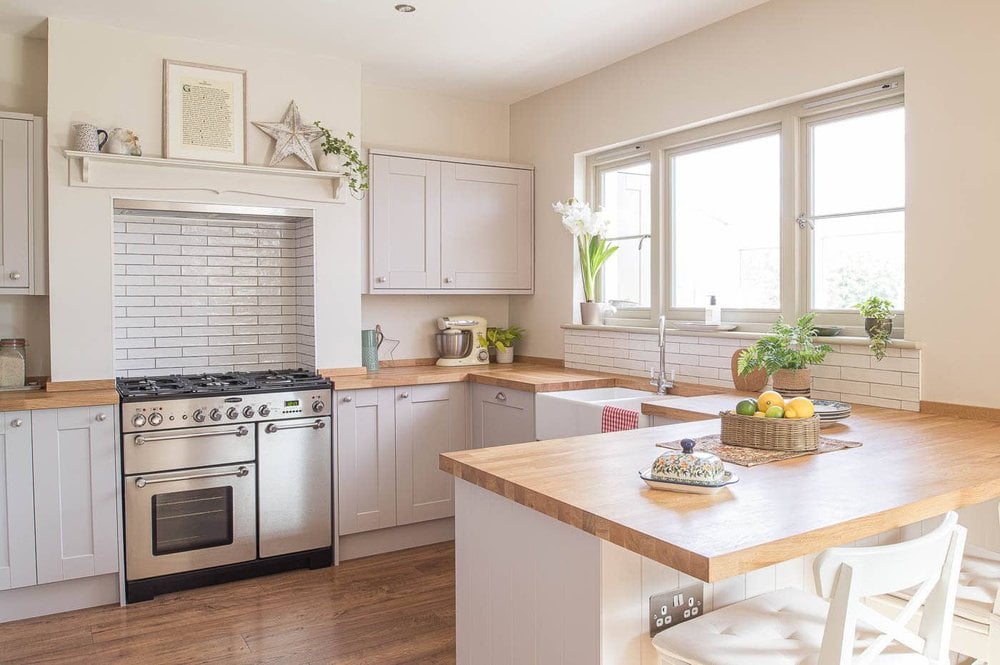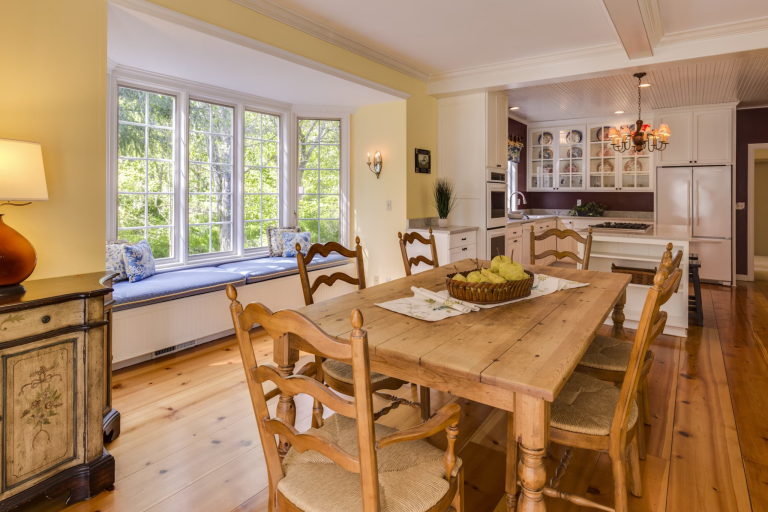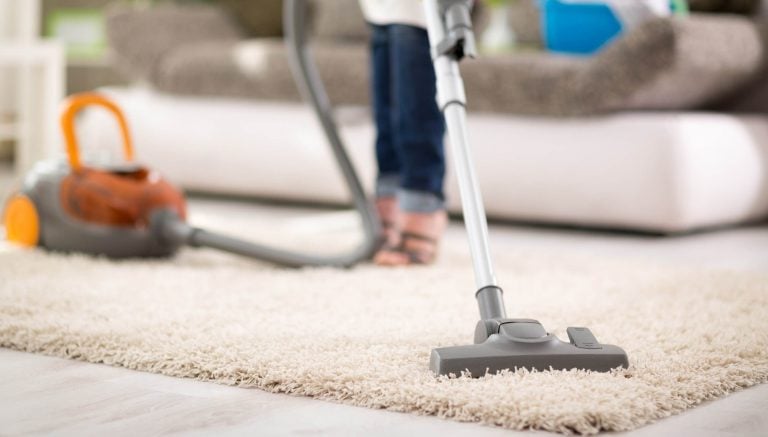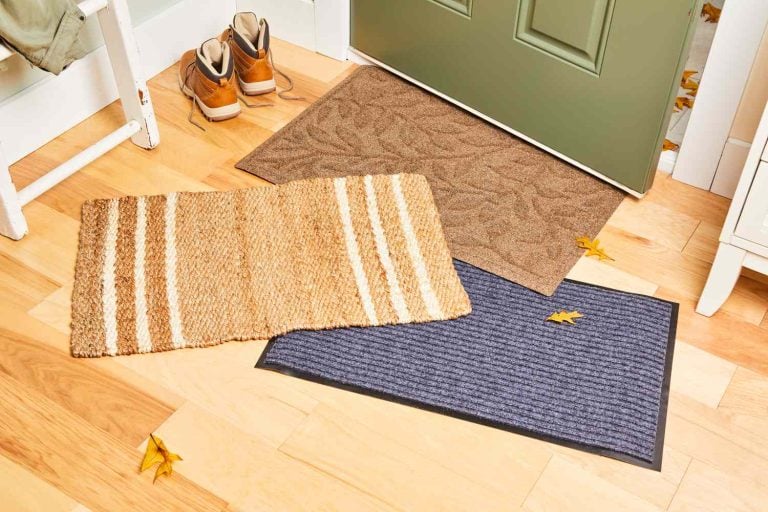How to Choose a Kitchen So You Don’t Regret Anything Later

Table of Contents
The kitchen is the heart and soul of any home. That is why it is so important to choose the perfect headset and not repent after it is installed. Lifehacker figured out how to arrange cabinets, what materials to give preference to and what you can save a lot on. Only practical advice that you will not hear in stores. If you need to quickly earn money for a new kitchen, try playing at the Spinia casino.
How to take into account all the nuances
A modern kitchen allows you to create a space that meets the individual requirements of the owner. Before you start looking for the right kitchen unit, consider a few important questions:
- Is the property in need of renovation? If yes, then it should end before buying a kitchen set.
- Think in detail about the configuration and dimensions of future furniture, which should not occupy more than 20% of the area of \u200b\u200bthe room.
- What appliances (including built-in and small household appliances) do you need and where will it be located? Do pipes and sockets need to be moved?
- How much storage space do you need for dishes, groceries, household items? Think about how you can functionally use the available space through corner cabinets, pull-out modules, additional shelves, additional mesh baskets.
- Consider where the dining area will be located and what furniture is suitable for it. If the area allows, you can put a large round table and stationary chairs. In a small kitchen, you can use a folding or pull-out table, bar counter, stylish folding chairs.
- Are there non-standard corners, ledges, niches in the kitchen? How are you going to use them?
After the budget has been calculated and the general wishes for the future kitchen have been determined, you can proceed to a detailed study of the layout and the choice of materials.
Features of the kitchen layout
L-shaped kitchen
The L-shaped layout is convenient for the functional division of the kitchen space, maintaining the possibility of free movement and simultaneous placement of two cooks at once in the working triangle (storage area, washing area, cooking area).
This is a classic option for rooms whose shape is close to a square. It is possible to optimally use hard-to-reach areas in corner cabinets using retractable multi-level systems.
U-shaped kitchen
Suitable for rooms of sufficient size square or rectangular shape, where you need to place a large number of storage systems and kitchen appliances.
For comfortable operation, the optimal length of the parallel lines of the kitchen should be at least one and a half and no more than two meters, and the connecting zone between them should exceed 2.5 meters.
Linear kitchen
Ideal for narrow spaces less than two meters wide and with a total area of 6-12 square meters. To effectively use the space under the countertop of the kitchen set, you can place built-in appliances, define drawers for dishes, and upper cabinets for products.
It is best to arrange the objects in this order: refrigerator, work table, sink, second work table and stove. In small kitchens, a folding dining table is mounted on the opposite wall, thereby freeing up usable space.
Island and peninsular cuisines
Such a layout can be considered for premises of at least 20 square meters. In traditional island kitchens, a table with a sink or stove is placed in the middle, and in the peninsular kitchens, a bar counter acts as the center. But, of course, each owner decides for himself what functions to give his island or peninsula.
The optimal size of a free-standing work area is a square with a side of 120 cm. The standard length of the peninsula is 120–180 cm. Usually these are two or three kitchen modules 60 cm wide.
Double row kitchen
This is the only way to use the elongated room as efficiently as possible. Suitable for kitchens with an area of at least 9 square meters and a width of at least 2.5 meters. After installing the kitchen set, the width of the passage should not be less than 120 cm.
A convenient option is to place the stove and sink on one side of the kitchen, and the refrigerator on the opposite side. Or, for example, a refrigerator with a sink can be installed against the left wall, and a stove with a cutting table against the right wall.
The only drawback of the two-row layout is the lack of a clearly defined dining area.
How to choose material for a kitchen set
Case and facade of the kitchen
The most popular and budget materials for the kitchen today are MDF (fine fraction) and chipboard (chipboard). Both options allow you to produce a quality product that meets environmental standards.
And yet, for facades and cases, it is recommended to use MDF, which can be covered with plastic, veneer, enamel, acrylic or PVC film. This material is relatively inexpensive, its structure is as similar as possible to natural wood. And due to various impregnations and components, MDF has properties important for an aggressive kitchen environment: good resistance to fungi and mold, moisture resistance, and excellent tolerance to high temperatures.
By the way, about temperatures. Be sure to leave 2.5 cm gaps between the stove (does not apply to built-in appliances that are equipped with a special cooling system) and adjacent kitchen modules. This will improve ventilation and protect the headset. The resulting gap can be closed with special overlays.
Glossy facades look very impressive, but quickly become covered with fingerprints and require daily care. Give preference to matte surfaces.
If you have chosen a kitchen with non-standard or expensive facades, then when you receive an order, play it safe and be sure to check their number, size and curvature. Even if the representatives of the company will assure that everything is in order. After you sign the documents for the receipt of the kitchen, it will be problematic to prove the existence of a marriage.
Table top
For work surfaces, it is better to choose a countertop with a thickness of 6–10 cm, and for dining tables, 4 cm is enough.
The most practical material will be artificial stone. It is much lighter and more economical than natural counterparts, but no less durable. Artificial stone allows you to imitate any breed and create smooth countertops of a wide variety of shapes without visible joints and seams.
Kitchen apron
The apron protects the walls of the working area from moisture, splashes of grease, burning and other types of pollution. The average height of an apron is 48–60 cm. The ideal material in terms of price, quality and durability is ceramics, which will serve you for several decades.
If the budget is limited, you can buy an inexpensive kitchen set in pastel colors, and choose the most spectacular premium apron as a design accent. It will add zest to the interior.
How to rationally use the kitchen space
The most appropriate option for the kitchen is a spacious wall cabinet with a folding door that opens up. In this model, you can place a dryer, shelves for storing food and utensils.
If the kitchen has plasterboard interior partitions, they are unlikely to support the weight of the cabinets. But rails with hooks, mesh shelves, holders for glasses and paper towels – quite.
Use drawers and baskets, which can be completed with a clever system of accessories for neat storage of kitchen utensils and small items.
An excellent solution are corner drawers that run diagonally to the far corner of the wall. They hold three times more items than regular boxes due to their unique design.






